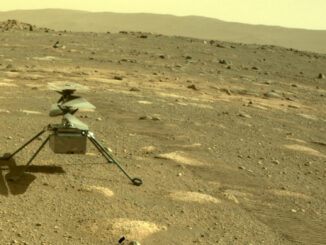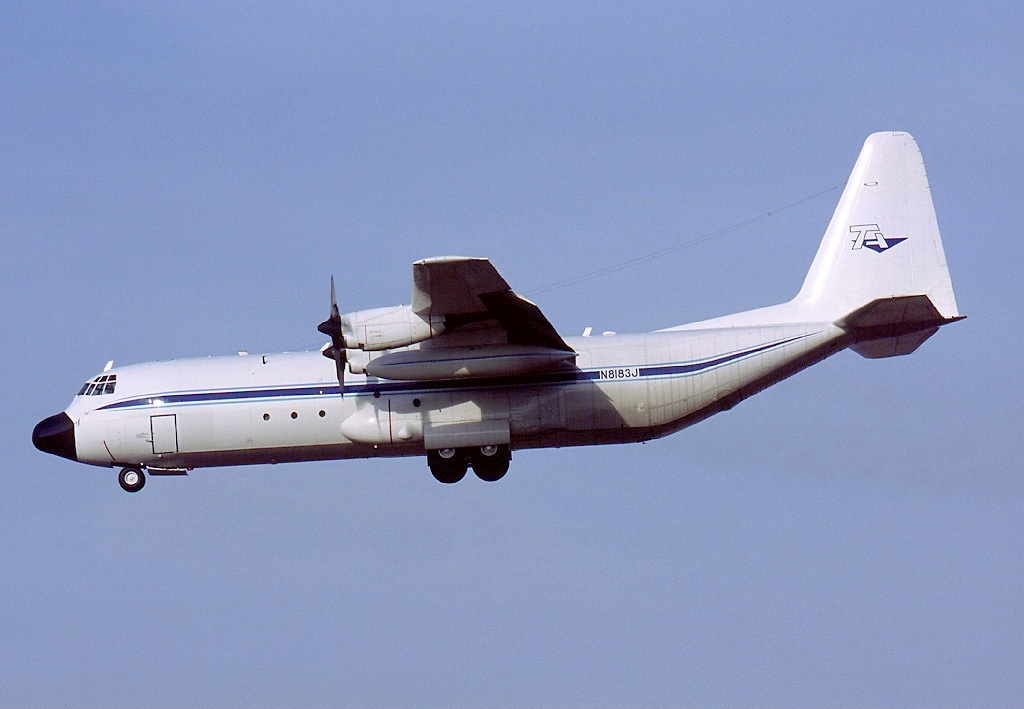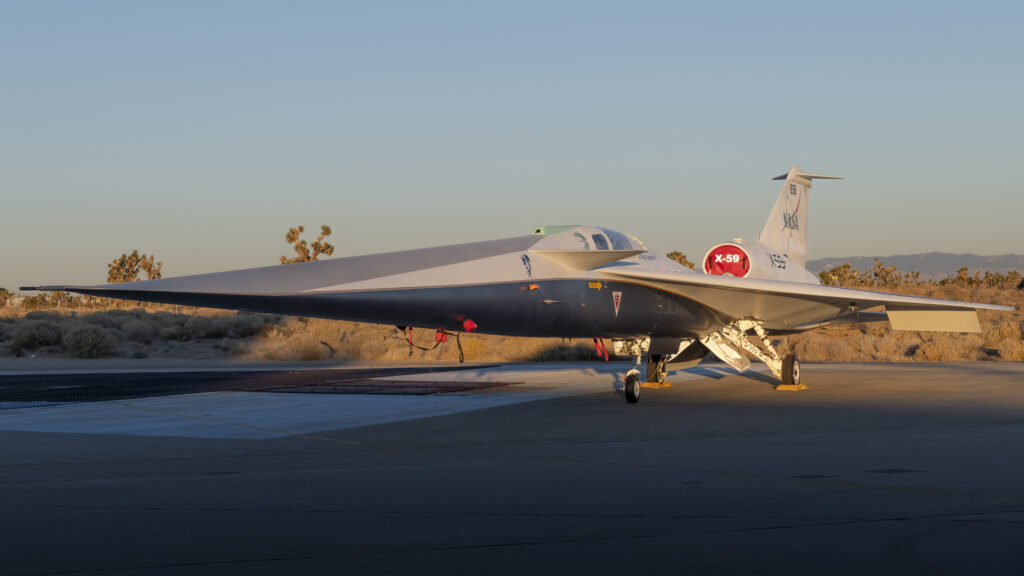
On Friday, 12th January 2024, NASA and Lockheed Martin conducted official ceremony to present the X-59 quiet supersonic aeroplane to general public. The aircraft was created within the NASA Quesst Mission research programme and is going to be used for data collection to help in revising the rules for supersonic flights over land and to support development of the next generation of supersonic commercial aircraft.
The X-59 rollout event, attended by top NASA and Lockheed Martin officials, took place at the facility of the NASA main contractor on the Quesst Mission project, Lockheed Martin Skunk Works in Palmdale, California.
‘This is a major accomplishment made possible only through the hard work and ingenuity from NASA and the entire X-59 team. In just a few short years we’ve gone from an ambitious concept to reality. NASA’s X-59 will help change the way we travel, bringing us closer together in much less time.’ – said Pam Melroy, NASA Deputy Administrator.
Due to the disturbing effect on people on the ground caused by the characteristic loud sonic boom that accompanies aircraft exceeding the speed of sound, commercial supersonic flights over land have been banned in the US and many other countries for 50 years now.
However, that may soon change, as the NASA Quesst Mission and the X-59 silent supersonic aircraft, that was developed within that project, are intended to provide regulatory authorities with data necessary to make changes to the aforementioned rules. That would lead to restrictions to be lifted and consequently boost development of supersonic commercial aviation.
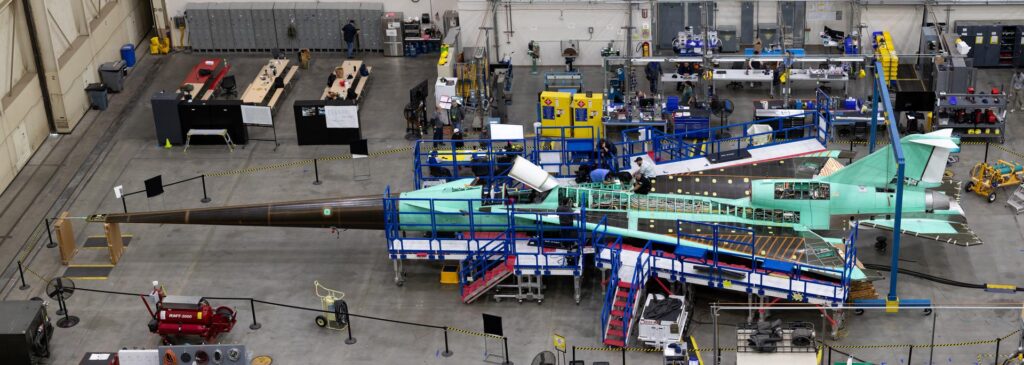
The X-59 is expected to fly at 1.4 the speed of sound (approximately 1,728 kph). Due to its unusual design and shape, the aircraft is meant to be able to break the sound barrier with a much quieter sonic thump instead of usual boom.
‘It’s thrilling to consider the level of ambition behind Quesst and its potential benefits. NASA will share the data and technology we generate from this one-of-a-kind mission with regulators and with industry. By demonstrating the possibility of quiet commercial supersonic travel over land, we seek to open new commercial markets for U.S. companies and benefit travellers around the world.’ – said Bob Pearce, associate administrator for aeronautics research at NASA Headquarters in Washington.
Now that the X-59 has been officially disclosed to the public, testing of the aircraft will begin soon. Firstly, it will undergo integrated systems testing, engine runs, and taxiing tests. Then, its flight test phase will begin with the first take-off of the aeroplane expected to take place later this year. And according to the Quesst team announcements, it is actually going to happen not so long from now. Then the aircraft’s first quiet supersonic flight will follow.
The first test flights will be carried out by Skunk Workswhich, by the way, is the official alias of Advanced Development Programs led by the Lockheed Martin company. Then, the aeroplane will be transferred to NASA’s Armstrong Flight Research Centre in Edwards, California for further testing.
‘Across both teams, talented, dedicated, and passionate scientists, engineers, and production artisans have collaborated to develop and produce this aircraft. We’re honoured to be a part of this journey to shape the future of supersonic travel over land alongside NASA and our suppliers.’ – said John Clark, vice president and general manager at Lockheed Martin Skunk Works.
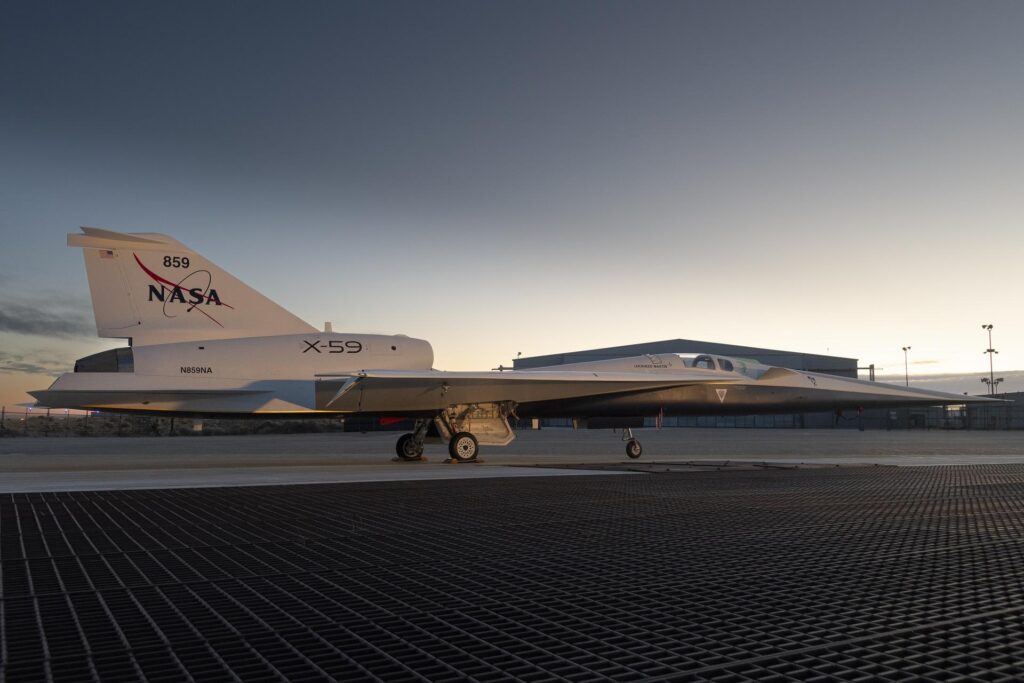
Once the initial tests in the air are finished, NASA will perform a series of actual experimental flights with the X-59 over several selected cities in the US. In the process, data on the sounds generated by the aircraft and how they are perceived by people on the ground along its course will be collected. Subsequently, NASA will share them to the Federal Aviation Administration as well as international regulatory authorities.
The X-59 is not a prototype, but a truly unique experimental aircraft of exceptional design. Its fuselage is 30.39 metres (99.7 feet) long, while its wingspan is a mere 8.99 metres (29.5 feet). In addition, its distinctive thin and tapering nose measures almost 1/3 of the length of the entire aircraft. Indeed, it is mostly the exceptionally shaped nose that will allow the X-59 to exceed the speed of sound more quietly by breaking up shock waves that usually cause the well-known sonic boom.
Due to the specific design of the aircraft nose, the cockpit is placed almost halfway along the fuselage. What’s more, to ensure possibly the slimmest and most aerodynamic silhouette, the X-59 cockpit does not have a windscreen. Instead, the aeroplane is equipped with specially developed eXternal Vision System incorporating high-resolution cameras in front of the cabin and 4K monitor installed in the cockpit.
Another feature of the design that allows that aircraft to break the sound barrier more quietly is the engine being placed at the top. This kept the smooth underside of the aeroplane, which additionally helps to prevent shock waves from creating behind the aircraft.
Indeed, a glance at the X-59 is enough to appreciate the uniqueness of its design. Hopefully, the results of the research for which that aeroplane was created will shed new light on the future of aviation.

Cover photo: NASA’s X-59 quiet supersonic research aircraft sits on the ramp at Lockheed Martin Skunk Works in Palmdale, California during sunrise, shortly after completion of painting. (Source: NASA Image and Video Library, AFRC2023-0198-05).
In this article, press releases and other materials of the National Aeronautics and Space Administration were used. All photos and quotations © National Aeronautics and Space Administration.


